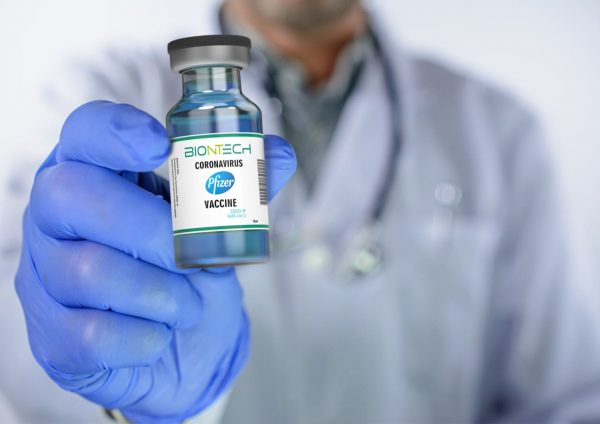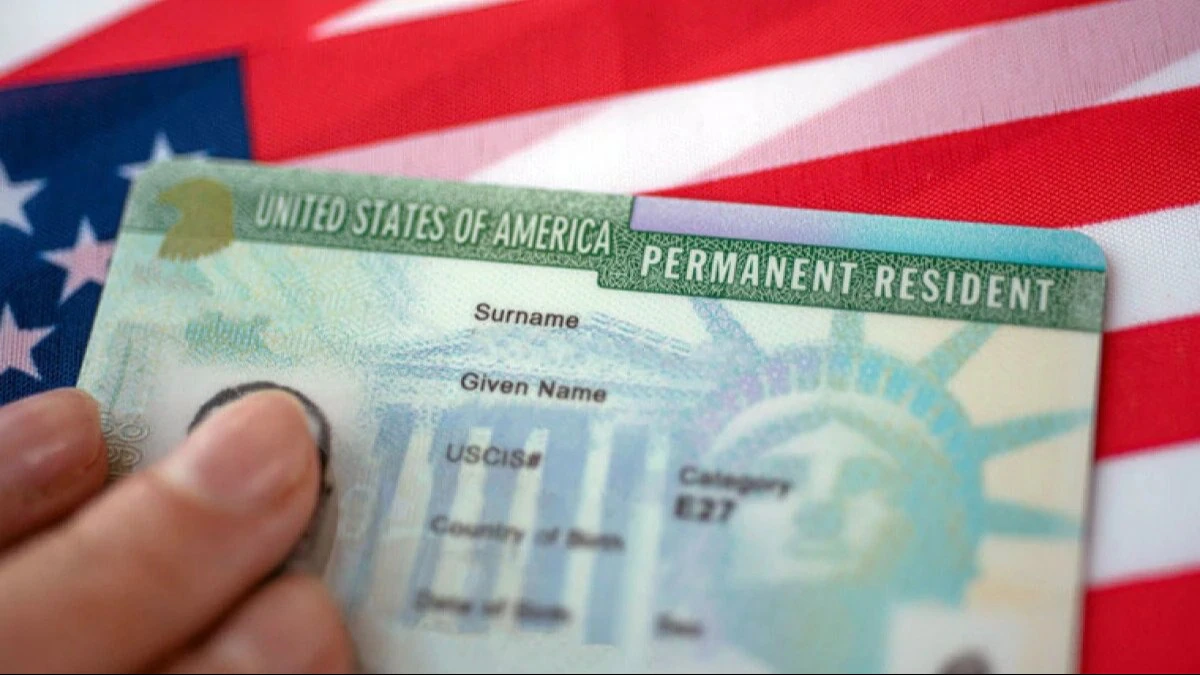Kritika Singh
The world has been reeling hard from the COVID-19 pandemic, crossing over two million deaths across the world. Paul Offit, a vaccine developer at the Children’s Hospital of Philadelphia and a member of the Food and Drug Administration (FDA), explains that there are two ways out of a pandemic: “one is hygienic measures–which we don’t seem very good at–and two is the vaccine.” That said, the government has thrown in everything to help build vaccines as all other measures have been unable to contain the virus efficiently.
More than 18 billion dollars have been invested through government funds and Operation Warpspeed to expedite the process of vaccine development. Scientists and researchers have worked hand-in-hand with industry and regulatory authorities and were able to perform almost a miracle of getting an effective vaccine ready in fewer than twelve months. Pfizer and Moderna developed vaccines from the messenger RNA (mRNA) that codes for the SARS-CoV-2 spike protein. Phase 3 clinical trials have proven that the Moderna vaccine has 94.1% efficacy and the Pfizer vaccine has 95% efficacy. Despite its high efficacy rate, the process of vaccination is going to have numerous hurdles as the supply chain management process takes long before the vaccine is actually administered to the user. This involves transporting the vaccines from factories to national storage facilities to clinics through flights, trains, and trucks.
The major problem in this process is going to arise at the last-mile delivery stage, particularly in remote villages and less developed areas where there may not be as much infrastructure available for transportation. Another significant limitation is that these vaccines need to be stored at extremely low temperatures throughout the process. For example, the Pfizer vaccine needs to be stored at -70 degrees Celsius, and the Moderna vaccine needs to be stored at -20 degrees Celsius. As a result, these vaccines need to be stored in specialized freezers and packaged with dry ice. However, studies have shown that only 25 to 30 countries have this ultra-cold storage facility. It is therefore going to be a significant challenge for the rest of the countries that do not have this technology for the storage of vaccines and for people to gain access to vaccines for COVID-19.
To overcome the lack of infrastructure networks for storage and transportation, drones can be effective tools. Drones have been effectively used in the healthcare field for the delivery of medications, bandages, etc. Similarly, they can be an ideal solution to deliver COVID-19 vaccines in a cost-effective and efficient way. Drones are beneficial because they are small and compact, and they require minimal infrastructure like roads, airports, and rail lines. They are also less expensive due to low maintenance costs, consume less energy, and are battery operated which is great for sustainability.
Drone technologies are improving each year, enhancing the speed (75 mph) and endurance (8+ hours). By attaching a cold storage box with stored vaccines, it is possible to maintain storage requirements while also delivering vaccines to every corner of the world, regardless of the geographical location or access to transportation of that location. One drawback to utilizing drones is that they can only carry a limited amount of weight, and the cold storage system adds a significant weight. To counter this issue, we will need a large number of drones that can carry the limited baggage they can transport. Vaccines can be initially transported using available infrastructure to the major locations that have an established infrastructure. From these centers, drones can then perform the last-mile delivery to locations that do not have established transport infrastructures. Drones are one of the most feasible ways to help get the vaccines delivered to everyone, regardless of geography or other socioeconomic factors. The US Government has also realized this, and recently the FAA issued new regulations that will allow small commercial drones to fly short distances over people and at night without a waiver. Small drones will also be permitted to fly over moving vehicles under limited conditions. The new rules mark a significant step forward by the US government towards a future of commercial drone deliveries, which can hopefully translate into getting vaccines for every person in the world.

Kritika Singh is an aspiring pre-medical undergraduate student at Rutgers University as part of the Honors College, double majoring in Biological Sciences and Public Health. Her research focus is on bringing technology and medicine together to aid patients in underserved areas. Currently, she is a New Jersey Vaccine Advocate, striving to promote health and wellness in local underserved communities by combating vaccine hesitancy among the population. She is a journalist for The Examiner, the pre-health journal of Rutgers University, and has served as an Editor of The Podium, which was her high school newspaper


























